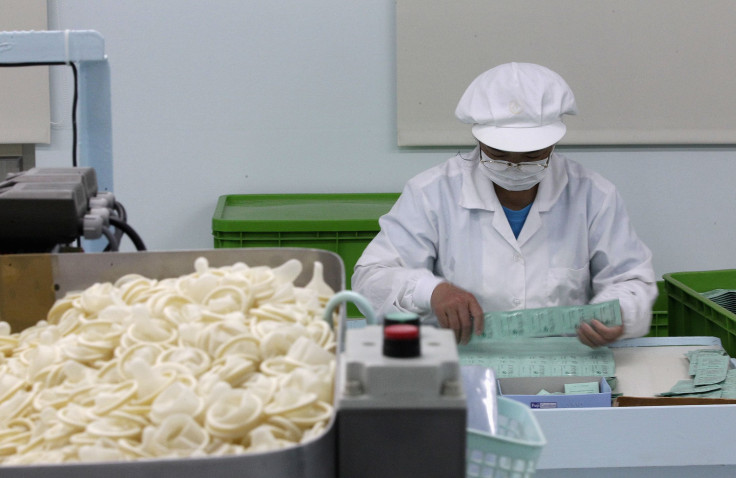Australia’s condom breakthrough: Spinifex grass for HIV protection and ultimate pleasure

Australian researchers have developed a condom that can make safe sex the best and the most pleasurable experience. Therefore, those who feel wearing a condom during love-making reduces some of the pleasures of sex now have something to be really happy about.
Researchers from University of Queensland’s Australian Institute for Bioengineering and Nanotechnology have extracted a solid, light nanocellulose substance from an Australian native grass, Spinifex. The research, led by Prof. Darren Martin has used this substance as an additive in latex.
This Australian “grass” condom is significantly more flexible, stronger and thinner than standard condoms available. The Spinifex grass has improved the physical properties of the latex, reports Medical Daily.
Standard condoms available in the market, including Durex, Trojan, Kimono and Crown, have latex thickness that ranges from 0.049 millimetres to 0.121 millimetres. According to Martin, this new “grass” condom can be made 30 percent thinner while still conforming to all condom industry standards.
“The great thing about our nanocellulose is that it's a flexible nano-additive, so we can make a stronger and thinner membrane that is supple and flexible, which is the holy grail for natural rubber,” said Martin.
The use of nanotechnology in developing condoms can make sex pleasurable for both men and women. Thus, it can potentially increase the use of condoms in future. Moreover, the Spinifex “grass” condom may lead to lower condom costs as less of latex will be used in the manufacturing process.
This new condom will also make a difference in the fight against sexually-transmitted diseases such as HIV and AIDS.
“Research like this has great potential to make a difference in the fight against HIV and AIDS and other global issues in healthcare,” said University of Queensland Vice-Chancellor and President, Prof. Peter Høj.
The researchers, in order to get the Spinifex grass, worked in partnership with the Indjalandji-Dhidhanu people. They are the Aboriginal traditional owners of the Camooweal region in north-west Queensland. The people there have been using Spinifex grass for a variety of products, especially to attach spearheads to their wooden shafts.






